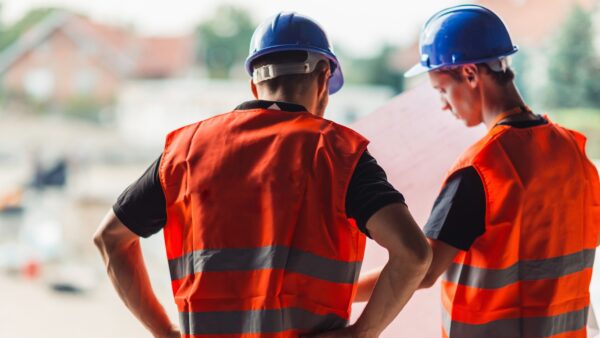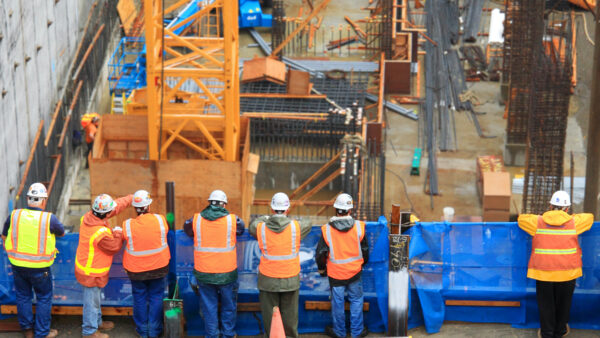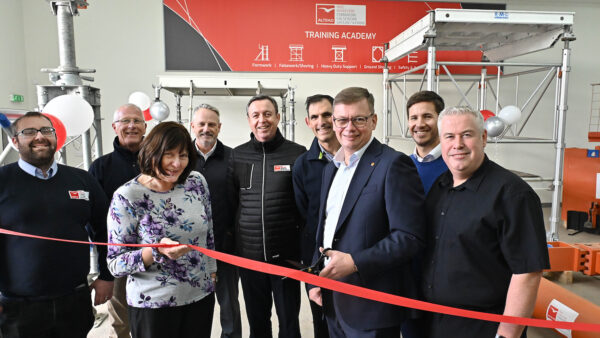Jonathan Brookes on being a socially responsible contractor
People often forget that working in bricks and mortar is as much about building relationships as it is building structures. Establishing strong and effective relationships with local communities should be an integral part of any construction project of any size.
By working with the communities they operate in, contractors can build the type of long-term relationships that are essential to successful project delivery, working in partnership and ultimately, sustainable business growth.
For example, when Lakehouse started working in Camden, we considered each of the different customer touch points, from first awareness of the project right through to completion. We wanted to help residents understand the works being delivered – including possible disruption – manage expectations and set consistent service standards.
Site managers should involve local people as much as possible in monitoring standards through workshops and reviews – be that coffee mornings or formal meetings. This helps to gain the trust of residents and reassure them that any concerns are being listened to. It also means problems can be overcome as soon as they arise. A neighbourhood sense of isolation from and powerlessness about a construction project can be very damaging for both contractor and the community.
Community engagement: some dos and don’ts
Do…
- Use the local authority’s expertise and involve local residents in shaping your build and communications plans.
- Go above and beyond – recruit from the local community, organise events, provide training and involve the community in the project with site tours.
- Tailor your approach to meet specific needs.
- Use all available eyes and ears – harness the skills and knowledge of all tenant-facing staff, as well as residents’ associations and other local groups.
Don’t…
- Underestimate the power of personal relationships – you cannot build local trust without spending time in the community
- Map the project in a simple way for the community and customers to understand the project and timeframes.
- Forget about “hard-to-reach” community groups in your development strategy.
- Adopt an arm’s-length, tick-box approach.
- Forget to train the site team — every operative and site staff can have an impact on a project.
Understanding local residents provides the foundations for successful project delivery so it’s important to invest time in getting to know the communities you work in. It’s also the right and decent thing to do from a social responsibility point of view. Before starting work, consider a range of questions: What impact will the project have on local people and who will be most affected? What does this mean in terms of how the project is delivered? Are there vulnerable residents? Is it a multi-cultural area?
Each community is unique and that means there will be a number of different challenges and considerations; a “one size fits all” approach never works. We use Considerate Constructors scores to benchmark projects.
In Tower Hamlets – one of the most multi-cultural areas in London, with a large Bangladeshi community – we developed a bespoke approach. Our work involved improvements to the existing housing stock and we recruited two local Bengali resident liaison officers who helped us to develop a uniquely close relationship with the local community. A communications plan was developed to ensure that local people understood the project and hard-to-reach residents were involved in the development strategy.
Having a dedicated point of contact in each community will help a project team keep an ear to the ground and eyes open to all that is going on in the area. A resident liaison officer is therefore a key figure, responsible for gathering and passing on useful information to the site manager. While being alert to the commercial drivers of a given project, they must be able to empathise with the needs of the community.
The school run
Each of our school projects, for example, has a dedicated schools liaison manager and a protocol is established to ensure staff, parents and pupils are engaged in the project and that we keep talking to each other. The site manager meets school stakeholders including the head teacher on a weekly basis, delivers school assemblies and takes stakeholders, including school children, around active sites. And there are plenty of opportunities to support pupil learning with talks on carbon and waste reduction.
Residents should be involved in the work going on in their area through local recruitment, organised events, training programmes and site tours. Local residents in Belair Park, Southwark, helped to raise funding for a new community centre and wanted to see the project have a positive impact on the surrounding area. To facilitate this, our community development plan featured targets around local procurement, local labour, apprenticeships, training and investment in young people.
When work on site is complete, one of the final steps is to review and measure the impact of the project. This will help to identify what works and what doesn’t and inform future approaches. This year we achieved our highest customer satisfaction figures in Camden – a result of listening to people, learning from them and changing things that were not working.
From a practical perspective, failing to build relationships with local communities and inadequately addressing local concerns can cause costly delays or even stop a project in its tracks. But, more widely, not identifying key local priorities can raise serious longer-term economic, environmental and social issues. A targeted and considered community engagement approach will have direct commercial gains and also deliver social benefits to locals. It can increase trust in and improve the reputation of local authorities, and help deliver improvements to services.
In summary, by ensuring building work has a positive effect on the community, contractors can build stronger, longer-lasting relationships with local authorities, community groups and the public.
Jonathan Brookes is corporate social responsibility manager at east London based contractor Lakehouse








